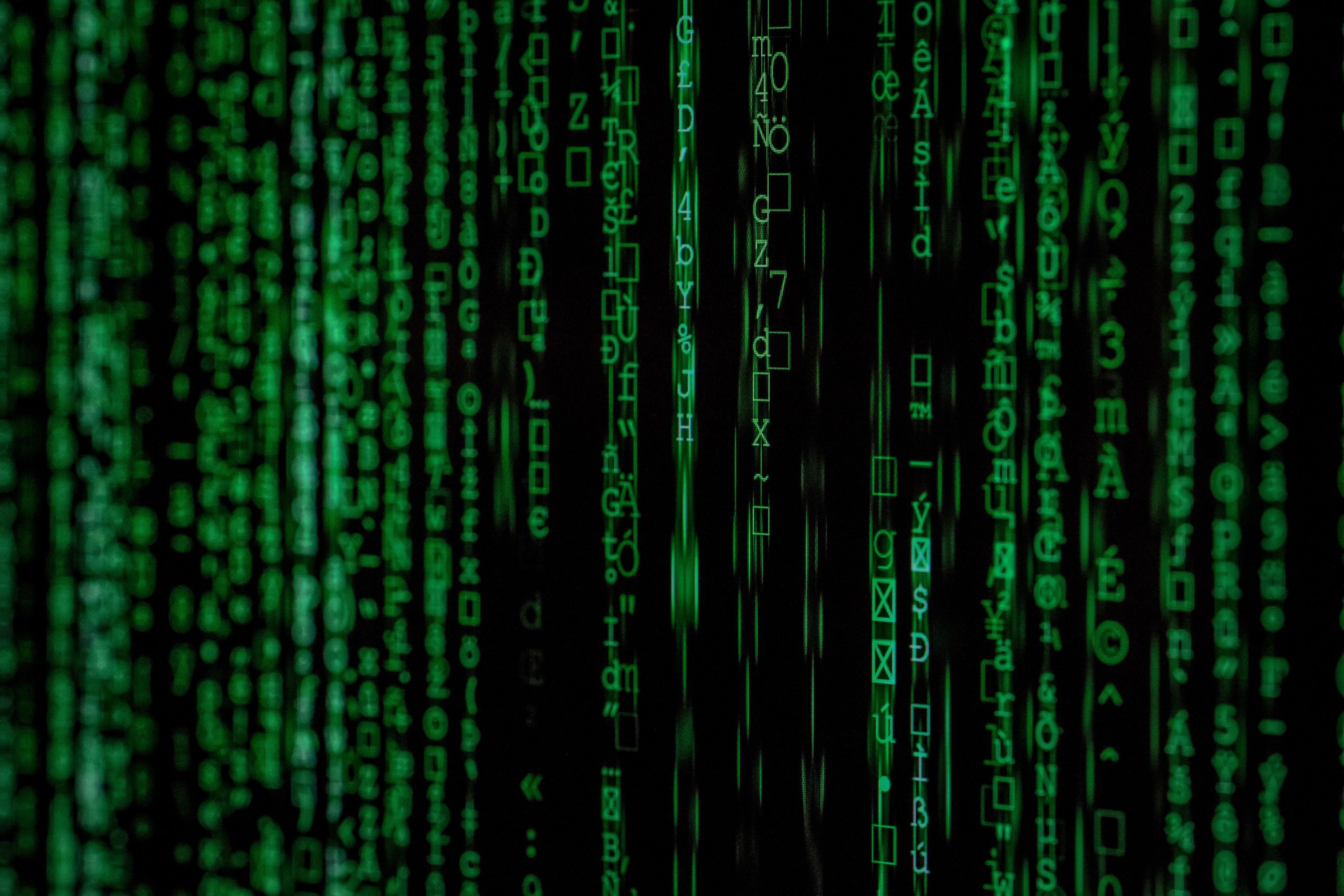
ChatGPT – an AI-powered chatbot released by OpenAI in November 2022 – took the internet by storm. According to an article on the CNBC news, ChatGPT collected one million users within the mere span of five days.[1] Trained on vast amounts of data, ChatGPT generates human-like responses to user inputs, providing the everyday user with information ranging from simple everyday topics such as restaurant and vacation spot recommendations, to complex tasks such as language translation, summarization of texts and more. As a ChatGPT user, can we freely use AI-generated content? Do we face any restrictions in using ChatGPT services? Are we required to disclose the chatbot’s involvement in our publications and works? To better inform our readers about the dos and don’ts surrounding ChatGPT use, this article will briefly introduce ChatGPT’s Terms of Use (“Terms”) to begin a discussion on burgeoning legal issues connected to AI usage.
I. Ownership of content
The user’s input into ChatGPT (“Input”) and the chatbot’s generated response (“Output”) are collectively referred to as “Content”. ChatGPT’s Terms provide that subject to the applicable law, the user owns all Input. The Output, on the other hand, is not directly owned by the user. Instead, OpenAI assigns all its “right, title and interest” over the Output to the user, on the condition that they abide by the Terms. Thus, as long as the user complies with ChatGPT’s usage requirements and applicable law, he/she is free to use or publish Content for commercial or other purposes.
II. Requirement to avoid publishing false or misleading claims
The Sharing & Publication Policy in the Terms indicates that content generated by ChatGPT can only be published if it does not misrepresent such content as being entirely generated by a human or by an AI bot. ChatGPT requires the user to clearly disclose AI’s role in formulating the AI-generated content, in a way that a typical reader can easily understand.
The Terms also provide stock language that can be used to describe the AI-generation process as follows, provided it is accurate:
The author generated this text in part with GPT-3, OpenAI’s large-scale language-generation model. Upon generating draft language, the author reviewed, edited, and revised the language to their own liking and takes ultimate responsibility for the content of this publication.
III. Attribution of authorship
In addition to avoiding the misrepresentation of published works, the Terms also emphasize that a person must ultimately shoulder the legal responsibilities arising from a published work that is generated from ChatGPT. Even though we are required to disclose AI’s role in creating our published content, do not expect OpenAI to shoulder any legal responsibilities for any published work. The Terms clearly indicate that published content generated from ChatGPT must be attributed to an individual user or company. And since we must provide Input to receive Output, ChatGPT cannot take the full responsibility for any Output. So, at the end of the day, the person who uses ChatGPT must take ultimate responsibility over the published content, to prevent potential disputes from arising.
IV. Restrictions to ChatGPT use
In addition to requiring the user to take legal responsibility over Output, the Terms also set regulatory standards that must be complied with in using ChatGPT. If OpenAI discovers that these standards are not being followed, they may reach out to request the user to make necessary changes. If the user continues to engage in further violations of these policies, OpenAI reserves the right to suspend or terminate the user’s account.
We handpicked a couple of examples of disallowed usage for our readers as set out below:
- Representation that the output from ChatGPT was human-generated when it is not;
- Generation of hateful, harassing or violent content (promoting hate based on identity);
- Fraudulent activity (plagiarism, disinformation, scams);
- Political campaigning or lobbying (building products for political campaigns);
- Violations of privacy (tracking or identifying individuals without consent);
- Providing unverified “expert advice” (including financial or medical advice);
- High risk government decision-making, including in law enforcement, criminal justice, migration, and asylum;
- Child sexual abuse material or any content that exploits or harms children.
V. Different AI models with different terms of use
It is worth noting that this AI frenzy is not just limited to text-based generative AI; we also see rapid technological developments in AI-generated images as well. For instance, OpenAI also came out with DALL·E in 2022, providing users with the means to generate realistic images based on the user’s textual input. As both ChatGPT and DALL·E are developed by OpenAI, the same Terms of Use are applied to both applications in this case. Therefore, OpenAI also agrees to transfer the rights of DALL·E-generated output to the user, under the same conditions as the ones set forth in the Terms.
However, our readers should know that other competing AI models might have their own terms and conditions that are different from OpenAI’s Terms. DALL·E’s competitor, Midjourney, for example, does not allow two types of users to own its AI-generated content: (1) unpaid users and (2) employees/owners of a company that earns more than 1 million USD a year in gross revenue. First, if the user is not a paid member, they do not own the generated content; instead, Midjourney grants them a license to exercise specific rights under the Creative Commons Noncommercial 4.0 Attribution International License.[2] Second, if the user is using Midjourney’s services on behalf of the owner of a company with gross annual revenues that exceed 1 million USD, they must purchase a “Pro” membership to own the created assets.
On the other hand, Stability Diffusion – another text-to-image model developed by Stability AI – clearly states that all content displayed or made available on the site is owned by Stability AI, and that the user is only granted a limited, non-exclusive, revocable, and personal license to access and use the site, solely for noncommercial and informational purposes.
As you can see, the terms and conditions in using different AI models can have significant differences. Thus, before we embark on a creative journey that combines minds and machines, we must first take the time to understand our rights and responsibilities. Reading the Terms of Use is the first step.
If you would like to know more about use of AI or copyright related questions, please feel free to contact Ling-ying Hsu at lhsu@winklerpartners.com.
[1] Please refer to ”All you need to know about ChatGPT, the A.I. chatbot that’s got the world talking and tech giants clashing” on CNBC news (web page: https://www.cnbc.com/2023/02/08/what-is-chatgpt-viral-ai-chatbot-at-heart-of-microsoft-google-fight.html).
[2] Please refer to the following webpage: https://creativecommons.org/licenses/by-nc/4.0/legalcode.
Written May 5, 2023 By Ling-ying Hsu, Emma Chiu.
